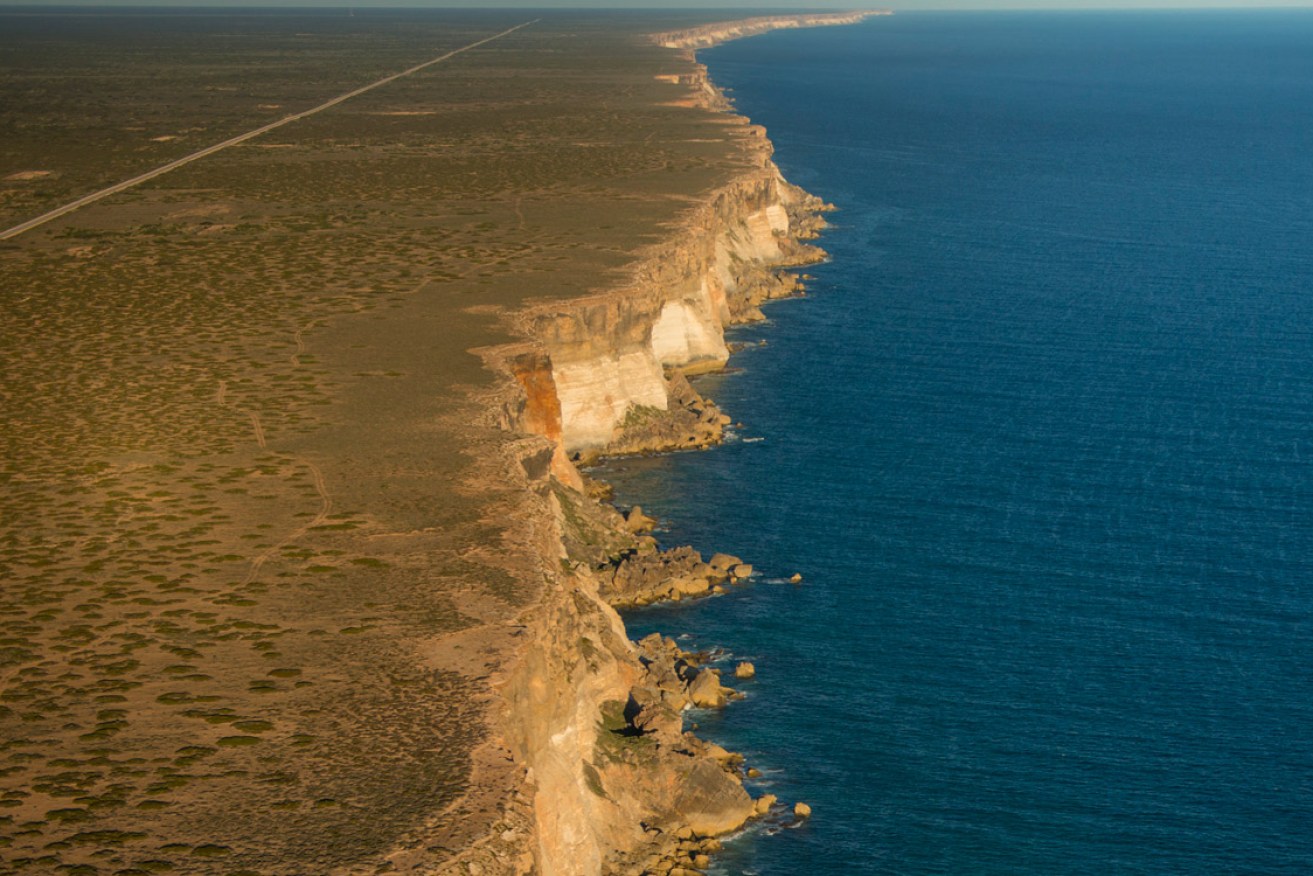Regulator drawn into fight over Bight oil drilling
National environmental regulator NOPSEMA is at the centre of a fight between green groups and the oil industry over BP’s plans to drill for oil in the Great Australian Bight.


The Great Australian Bight.
The Conservation Council of South Australia says the National Offshore Petroleum Safety and Environmental Management Authority’s (NOPSEMA) environmental assessment process for BP’s plans is not “transparent”.
The council also accuses NOPSEMA of failing to provide the public with information it needs to make a decision about the impact of the oil exploration project.
But the Australian Petrolium Production and Exploration Association (APPEA) says the independent regulator needs to keep some elements of the process private while it assesses BP’s plans.
Both groups addressed the Senate Inquiry into Oil or Gas Production in the Great Australian Bight at the Hilton Hotel in Adelaide this morning.
Kathryn Warhurst from the Conservation Council told InDaily outside the meeting that NOPSEMA’s process had “far less transparency and accountability than the previous process by which the federal environment department … were required to share information”.
She said the public had a right to access BP’s environmental plan for the project, but the document had not been released either by the oil giant or by NOPSEMA.
She said the Conservation Council had asked for the document at the beginning of the consultation process “years ago”.
But a spokesperson for NOPSEMA told InDaily this afternoon that it was prevented by law from publishing the environmental plan in full.
“An EP [environmental plan] is an inherently confidential document which is communicated to NOPSEMA through a legislative process under the expectation it will be kept confidential,” the spokesperson said.
“NOPSEMA is therefore under an obligation to maintain confidentiality of the document unless authorised by law to disclose it.”
She said, however, that environmental plans were subject to Freedom of Information laws.
According to the spokesperson , the Department of Industry, Innovation and Science was conducting a review “to explore potential options of improvements to the regulatoy framework for transparency of EPs”.
A summary of BP’s environmental plan is available on the regulator’s website but the full plan is not.
Warhurst said the Conservation Council also wanted the release of BP modelling of the impact of any potential oil spill.
“It’s about the democratic process and the public’s right to know about the risks that the government is exposing the whole community to,” she said.
APPEA’s SA/NT Director Matthew Doman told InDaily the regulator was right to “manage” documents while the environmental approvals process was underway.
“NOPSEMA is an independent expert regulator and ought be let perform its function,” Doman said.
“The regulatory processes that are being conducted by NOPSEMA in relation to BP’s activity at the moment are not yet complete.
“NOPSEMA has obligations to manage the information that’s exchanged during that approvals process.”
He said the oil industry was committed to providing the public with all the information it needs to make informed judgements about its projects.
“We’re committed to giving the community all the information it needs to make an informed decision,” he said.
Warhurst said that the only modelling of the effects of a potential oil spill in the Bight that was available to the public was that commissioned by the Wilderness Society.
She said the modelling showed that “the entire coastline of South Australia, a large proportion of the southern coast of victoria and all of the north and east coast of Tasmania are likely to be effected in the event of an oil blowout”.
However, she conceded that a catastrophic oil spill was unlikely.
“Likelihood might not be high, but consequence is catastrophic, so you end up with a relatively high risk.”
Doman said an oil spill in the bight was “extremely unlikely” and “there is no reason to believe that we can’t conduct our activities here in offshore south Australia safely and sustainably, just as the industry’s done all around Australia”.
InDaily contacted BP for comment.
The Senate inquiry continues today.




